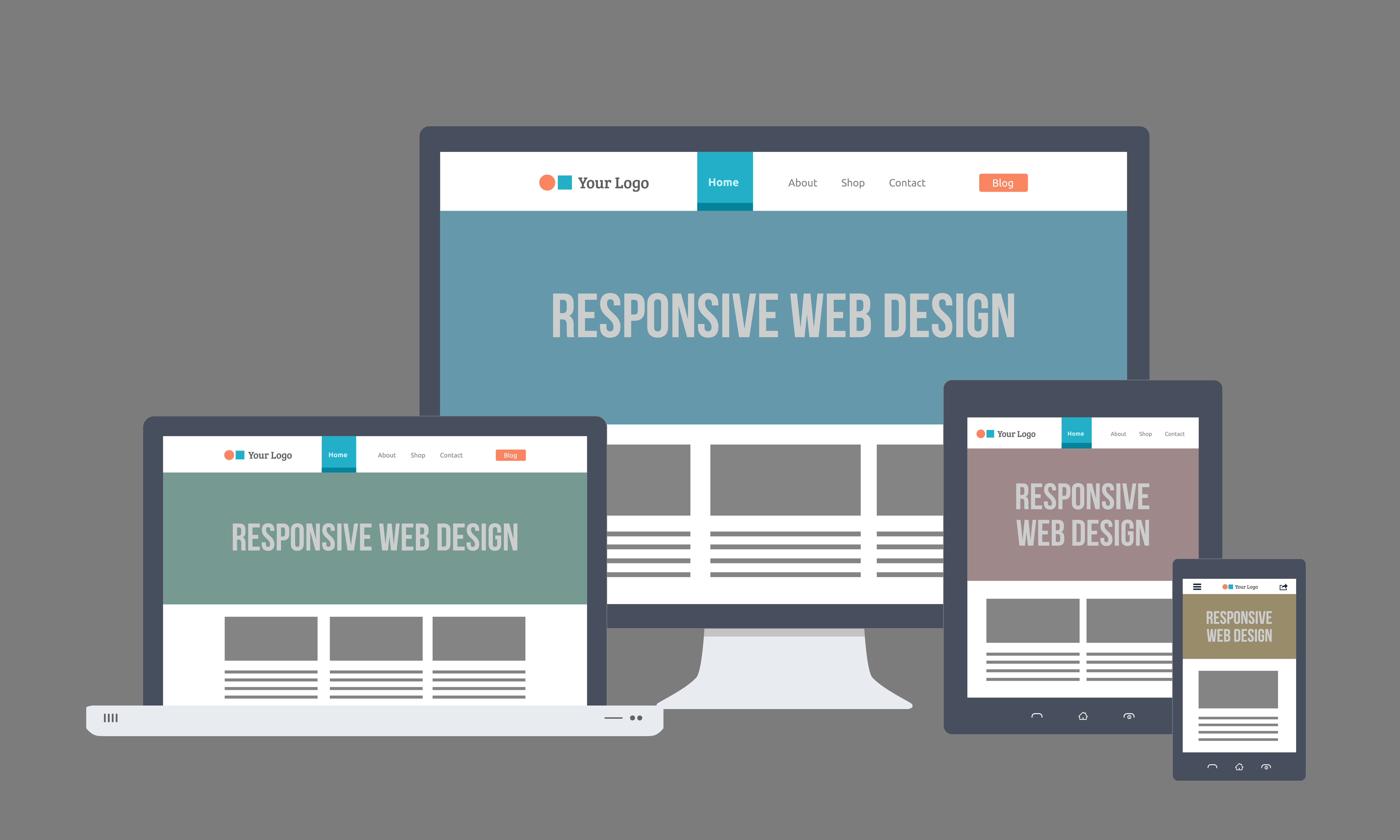Aladingsc Insights
Your go-to source for trending news and informative guides.
Responsive Web Design: When Your Site Feels How You Want It to
Discover the secrets of responsive web design and ensure your website looks perfect on any device. Transform your online presence today!
The Essentials of Responsive Web Design: Creating Seamless User Experiences
Responsive web design is crucial in today's digital landscape, where users access websites on a myriad of devices with varying screen sizes. By employing a fluid grid layout, flexible images, and CSS media queries, developers can create designs that seamlessly adapt to different platforms. This not only enhances user experience but also improves search engine optimization (SEO) by reducing bounce rates and increasing user engagement. Adopting these practices helps ensure that your content is accessible and visually appealing, regardless of the device being used.
One of the key components of a successful responsive design is prioritizing mobile optimization. With a significant number of internet users accessing sites via smartphones and tablets, it’s vital to focus on mobile-first design principles. This approach includes streamlined navigation, readable text without excessive zooming, and touch-friendly buttons. Additionally, incorporating flexible layouts and optimizing images can greatly enhance load times on mobile devices, further contributing to an improved user experience. Emphasizing these aspects will not only keep users on your site longer but also positively influence your search rankings.

Key Principles of Responsive Web Design: Adapting to Every Device
Responsive web design is essential in today's multi-device landscape, where users access websites through smartphones, tablets, and desktops alike. The key principle of this design methodology is to create a website that fluidly adapts to varying screen sizes and resolutions. This is primarily achieved using CSS media queries, which allow designers to apply different styles based on the device's characteristics. Essentially, this means that a website can maintain its functionality and aesthetic appeal, regardless of whether the user is on a small mobile device or a large desktop monitor.
Another vital principle of responsive web design is the use of flexible grid layouts, which help in structuring content proportionally rather than with fixed widths. This approach ensures that elements like images and videos also resize fluidly, enhancing user experience across devices. Moreover, implementing a mobile-first strategy, where design begins with the smallest screens and scales up, can significantly improve usability. By prioritizing critical content and functions for mobile users, web designers can create a more efficient and effective browsing experience that adapts to the needs of every visitor.
Why Responsive Web Design Matters: Boosting Engagement and Accessibility
Responsive web design is essential in today's digital landscape as it ensures that your website is accessible and functional across a wide range of devices, from desktops to smartphones. With the increasing use of mobile devices, it is crucial to create a seamless experience for users, regardless of their screen size. A well-implemented responsive design not only enhances usability but also significantly boosts engagement, as visitors are more likely to stay on your site and explore its content when it adapts to their device of choice.
Moreover, responsive web design improves accessibility for all users, including those with disabilities. By embracing this approach, you provide a more inclusive experience, allowing individuals to navigate your site without difficulty. This compliance not only fulfills legal requirements but also broadens your audience reach. As search engines prioritize user experience in their ranking algorithms, a responsive design can also lead to better SEO performance, further boosting your website’s visibility.